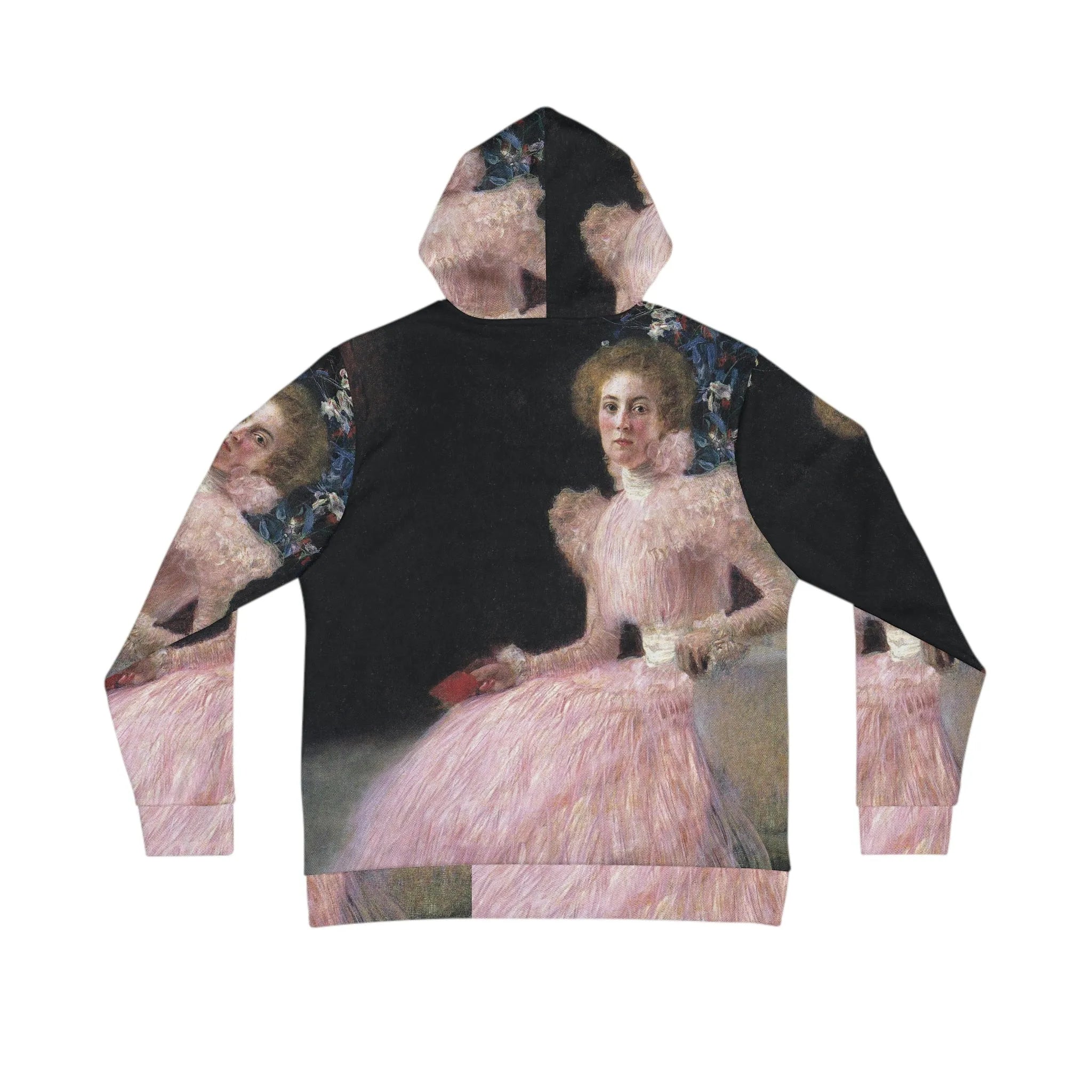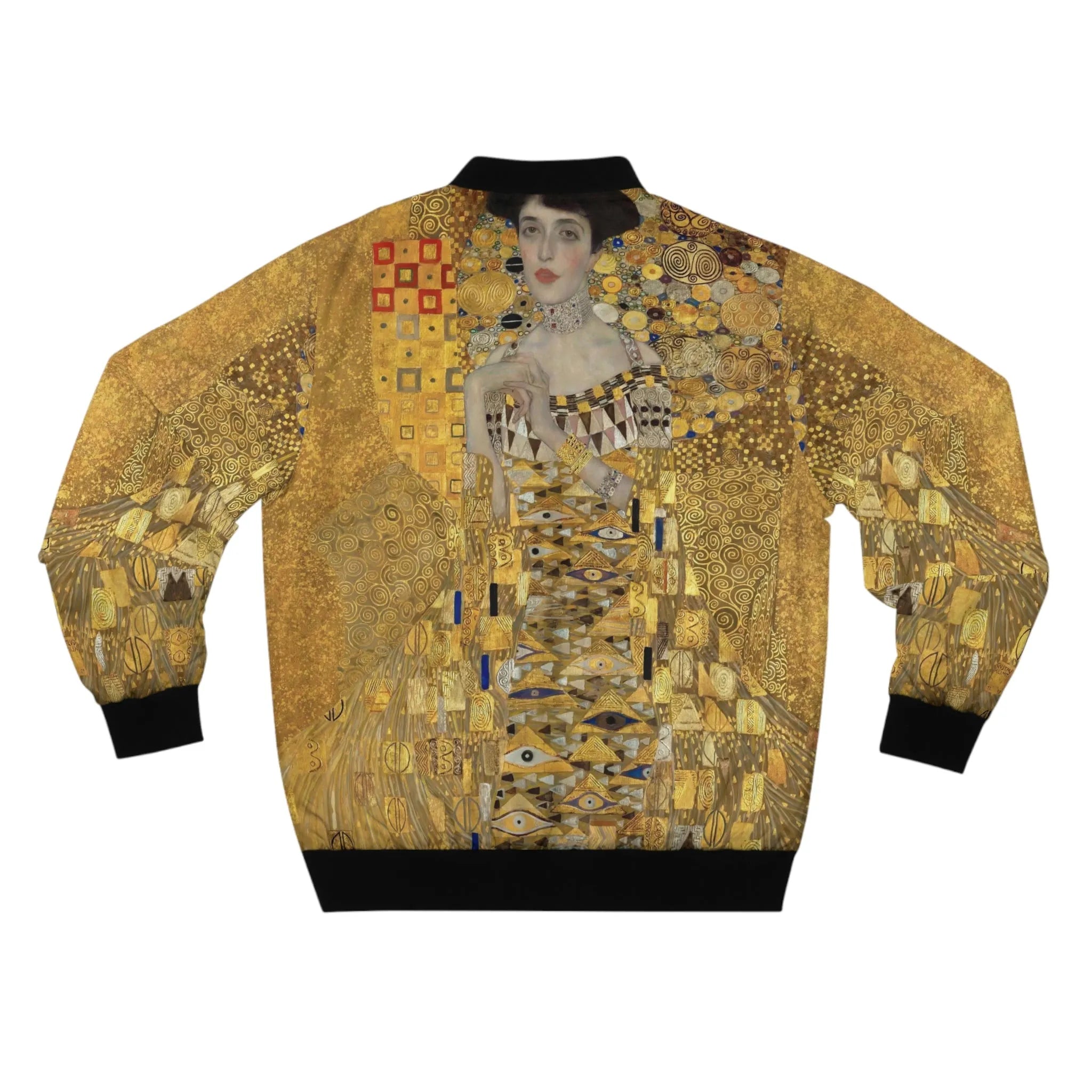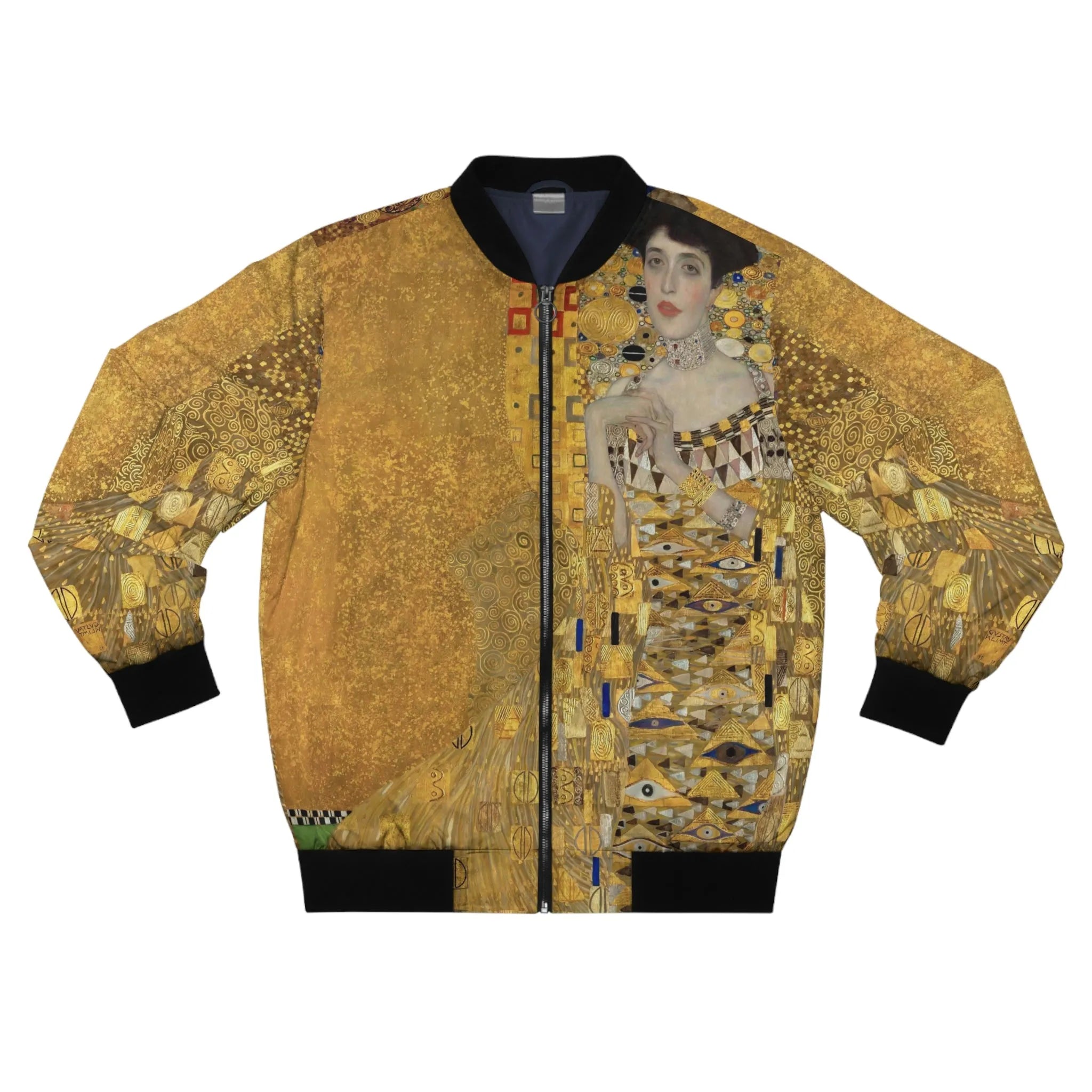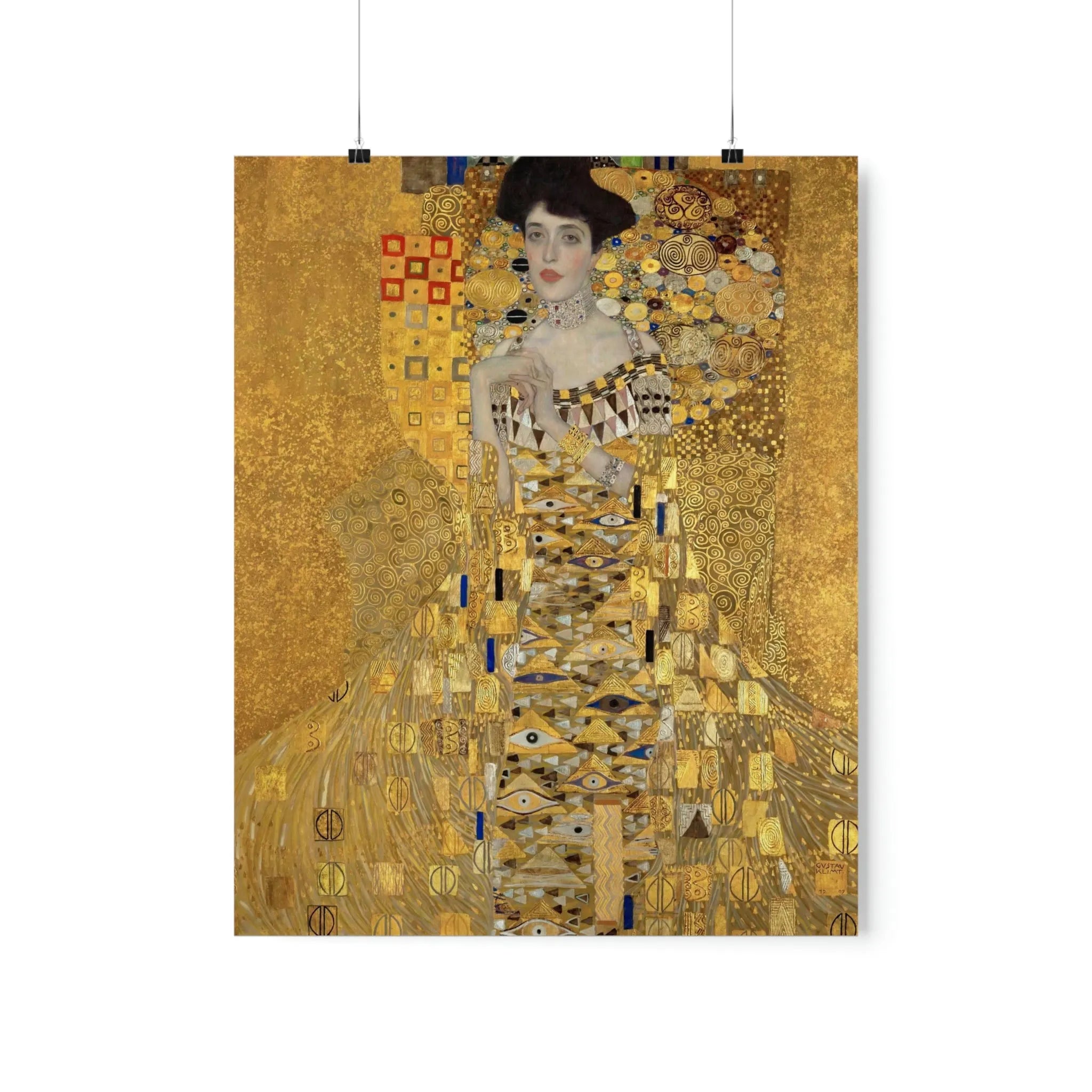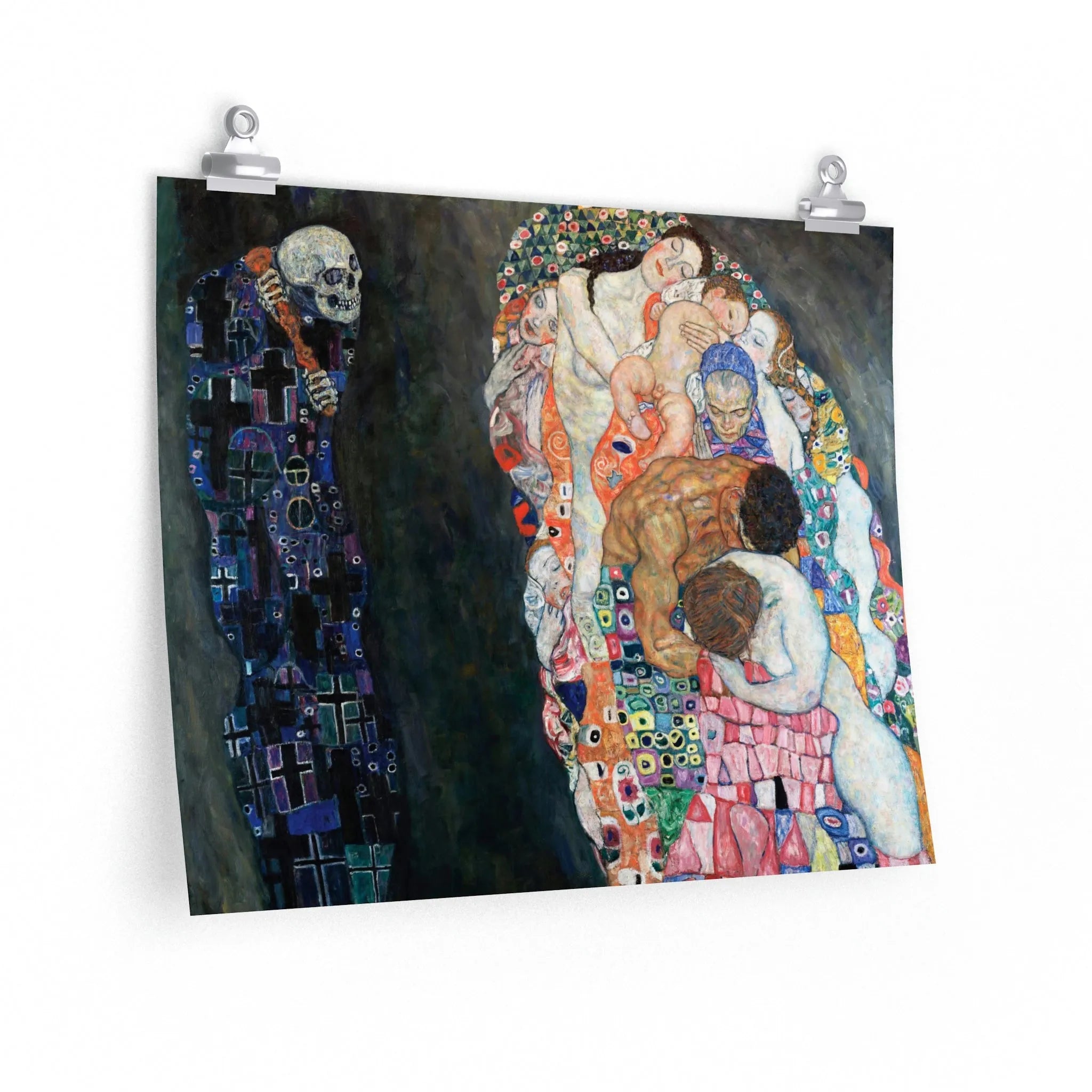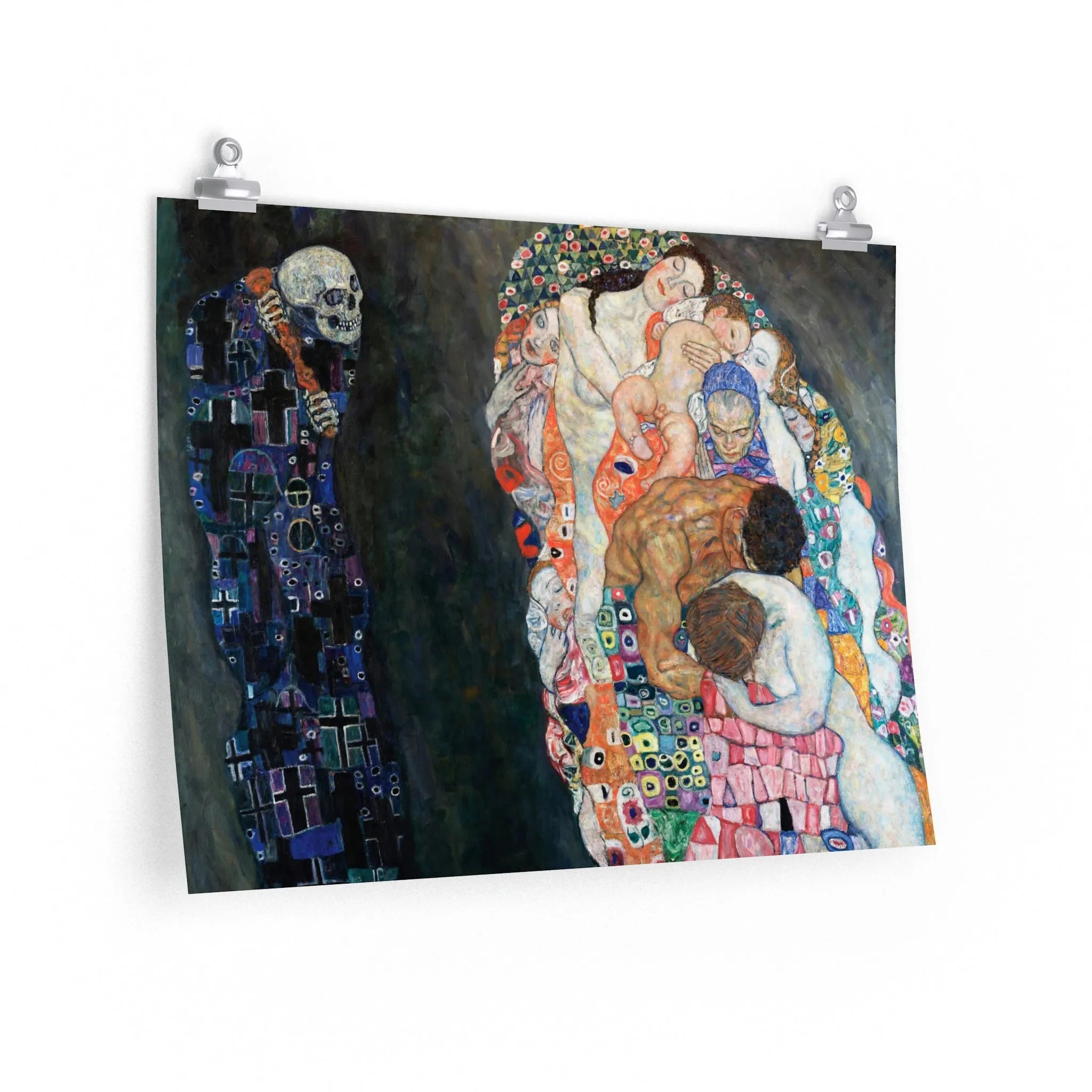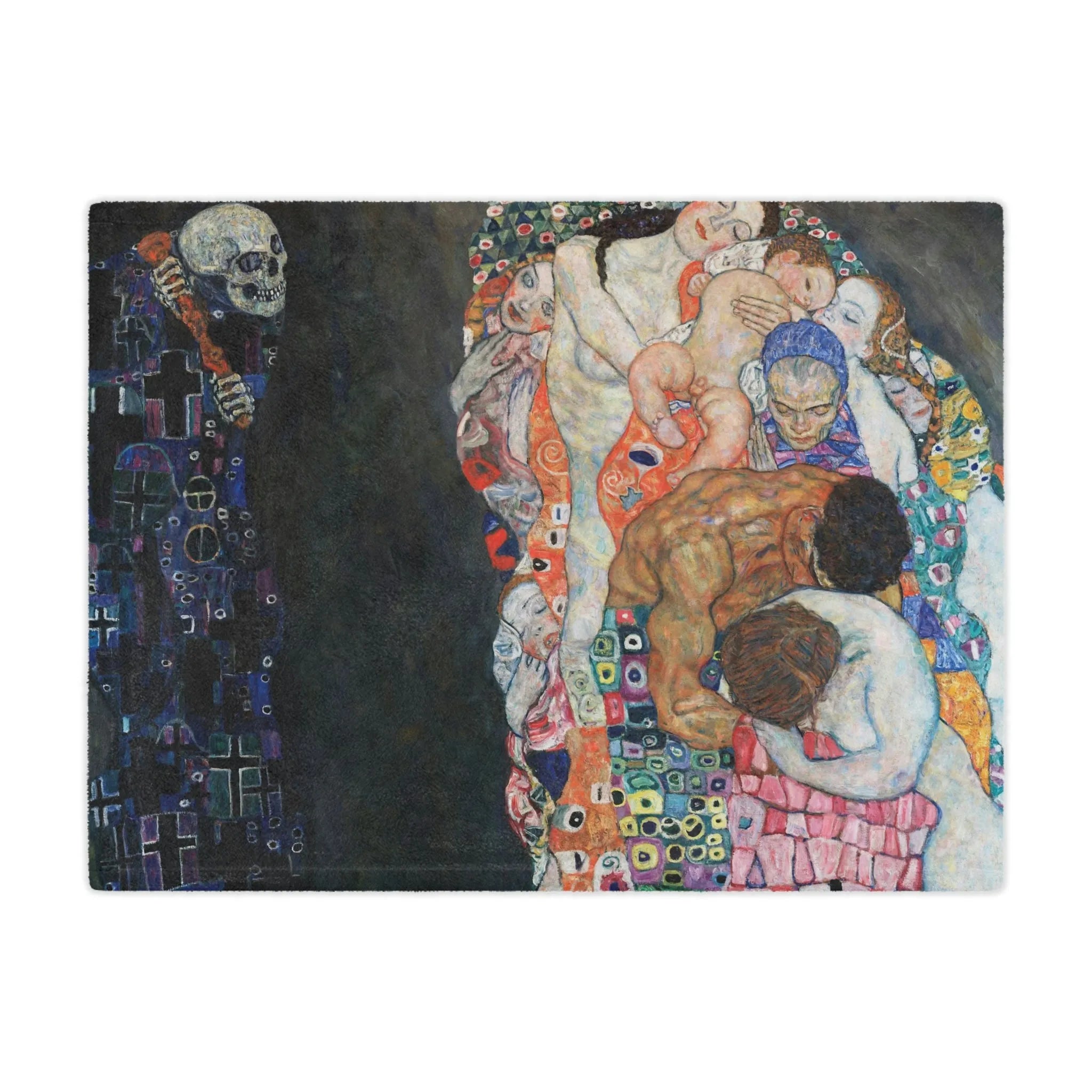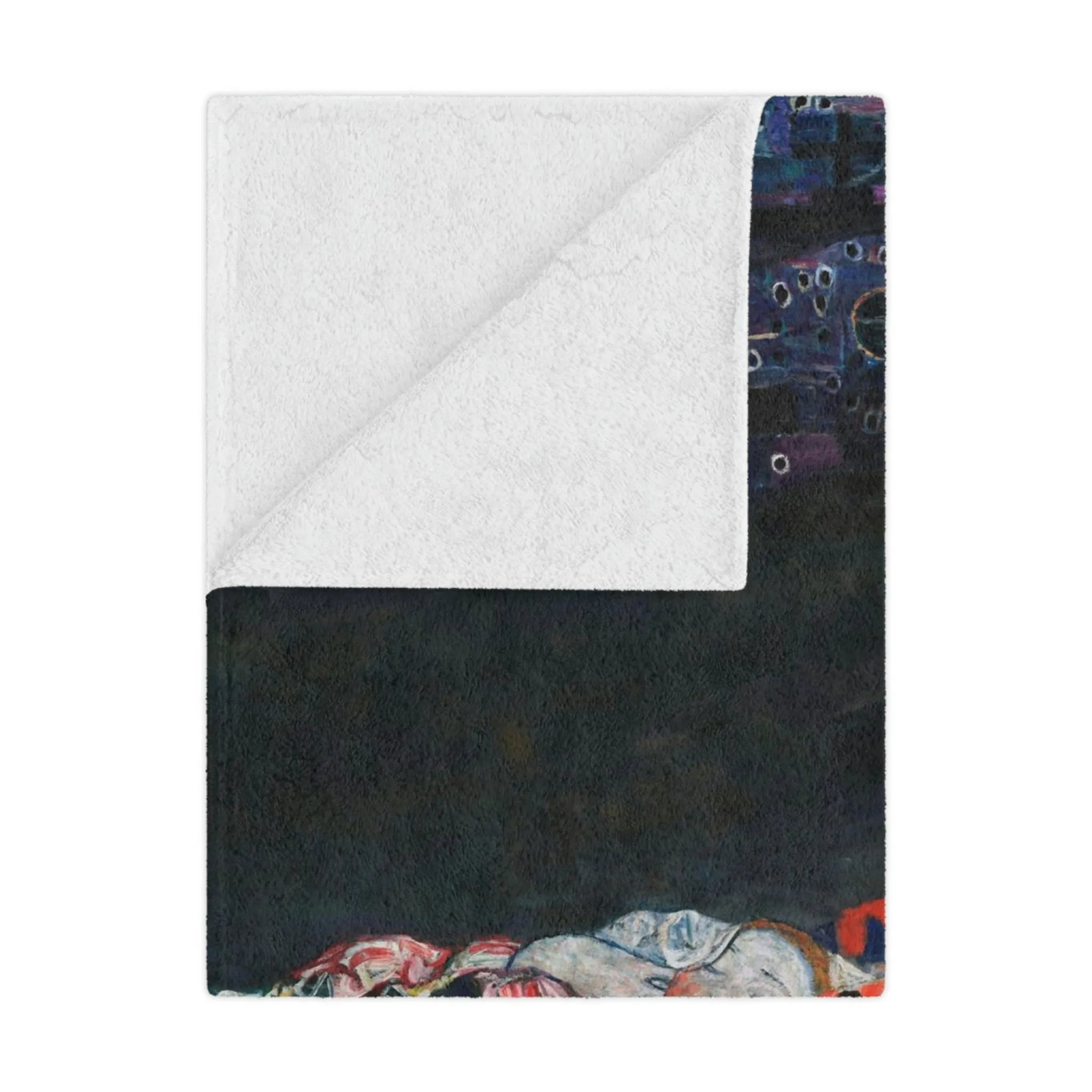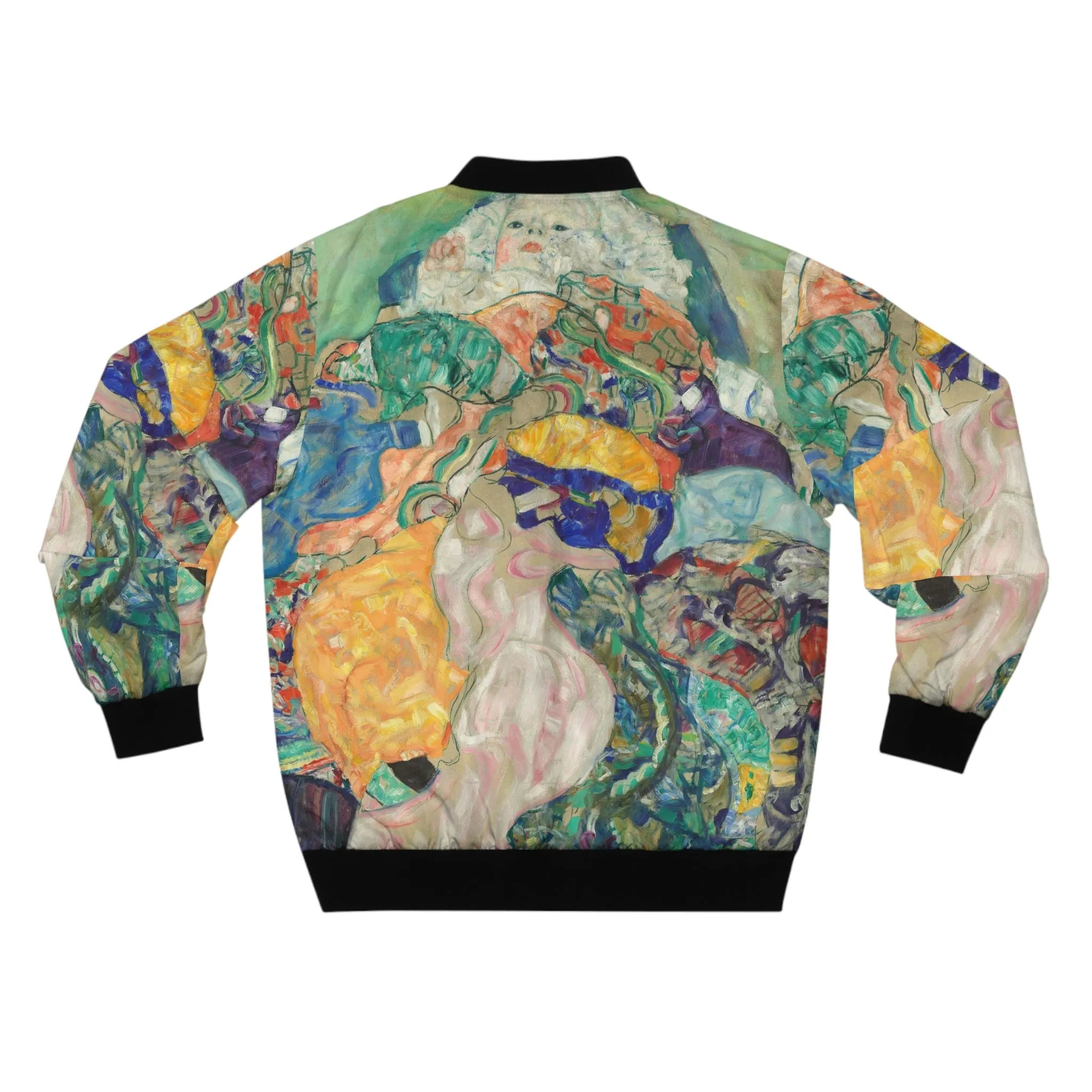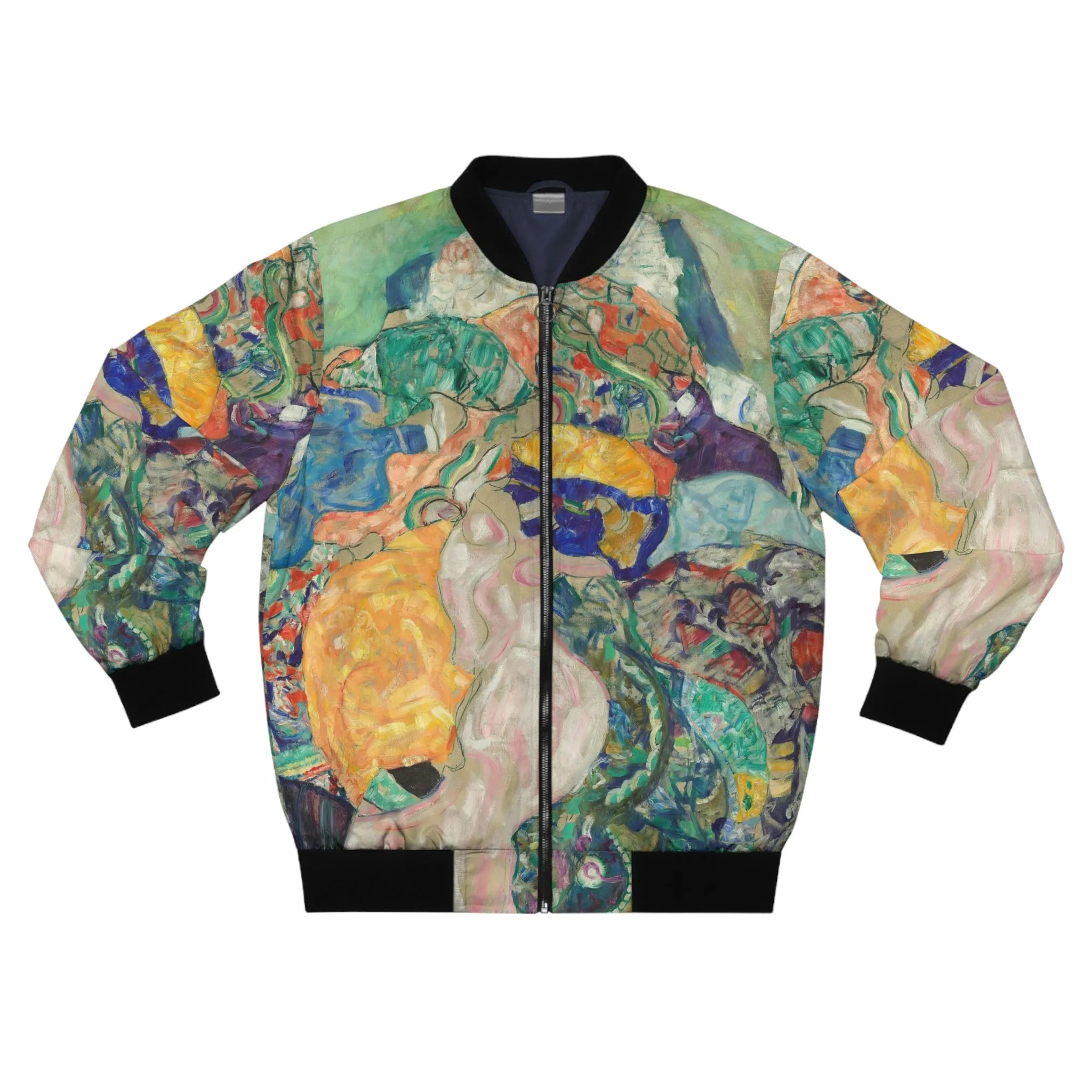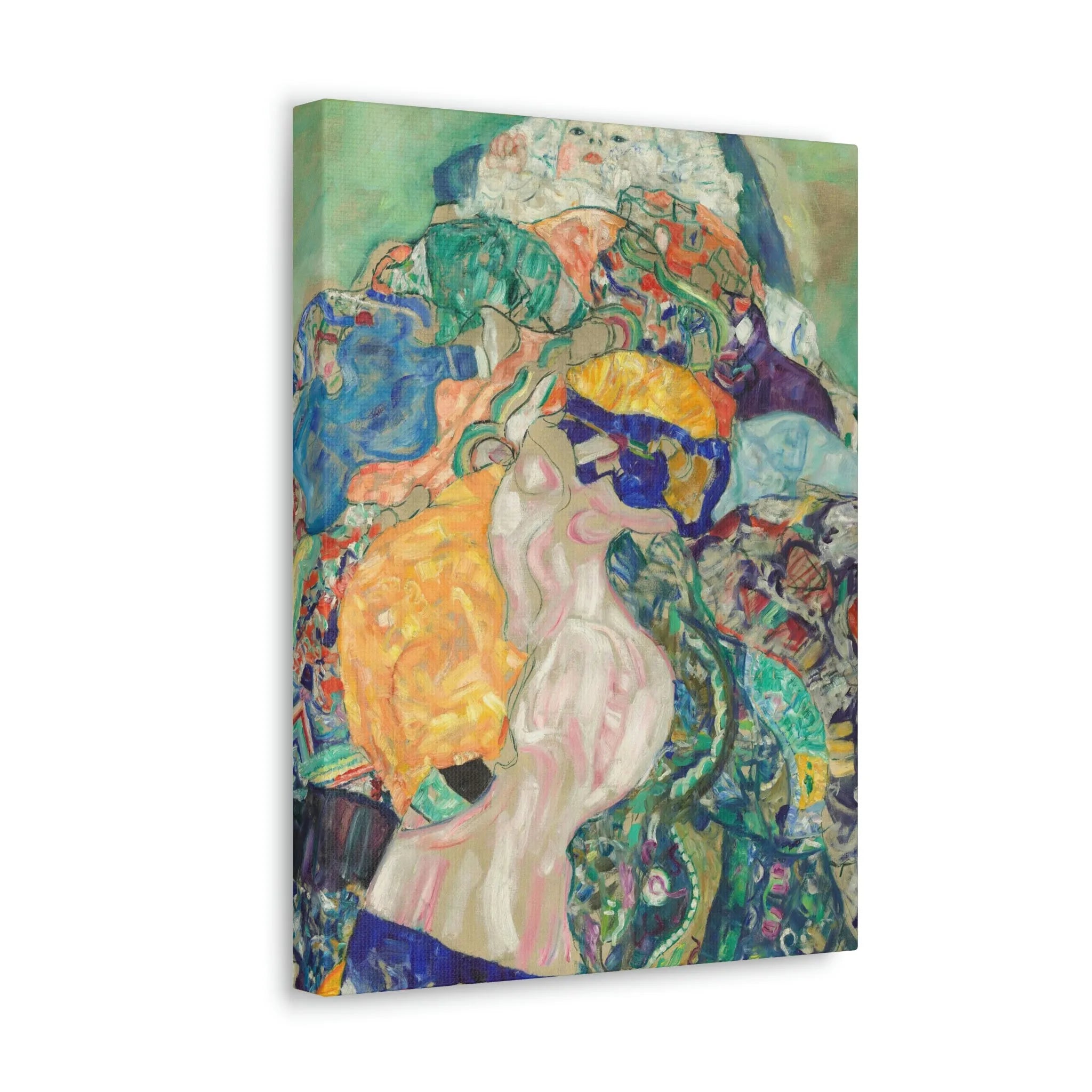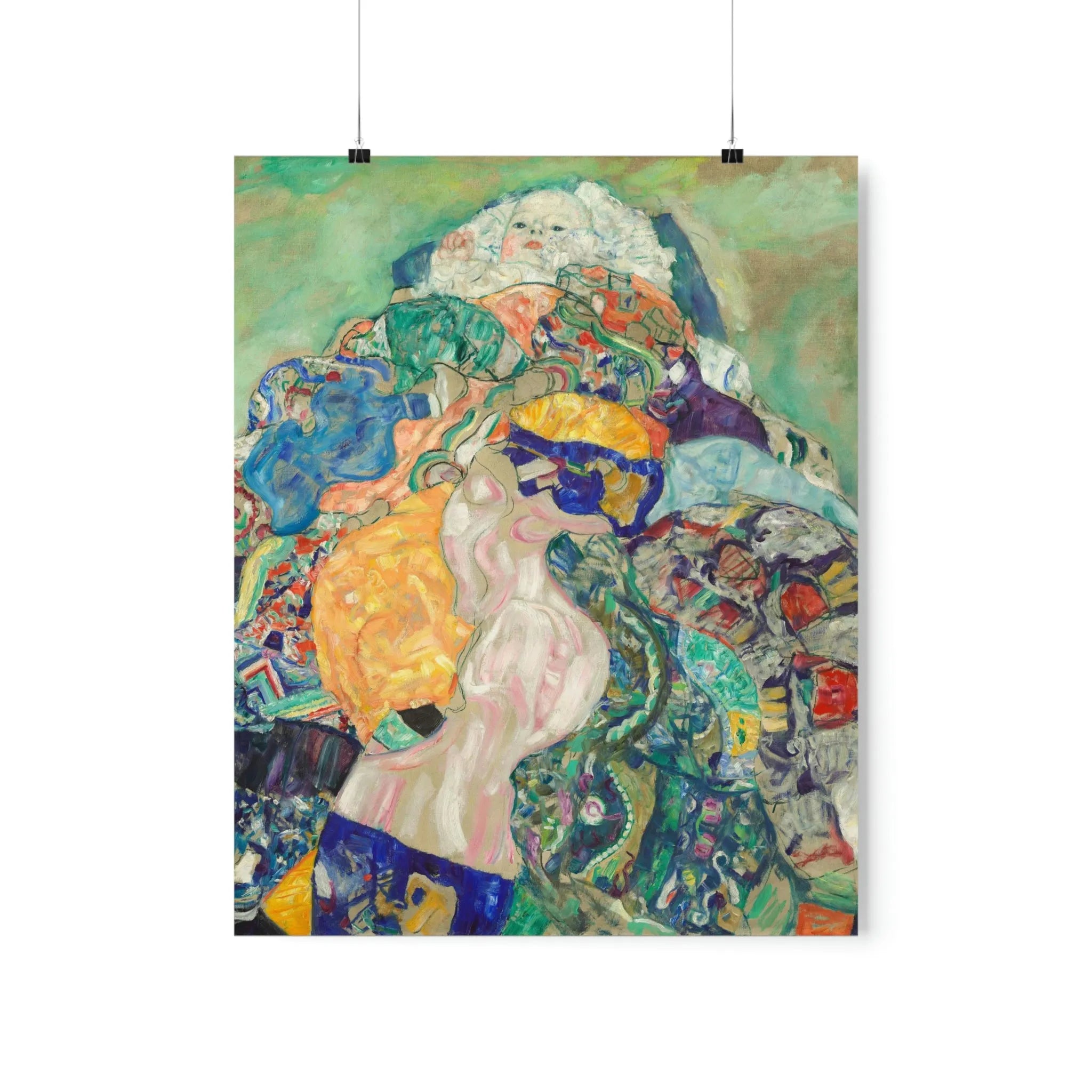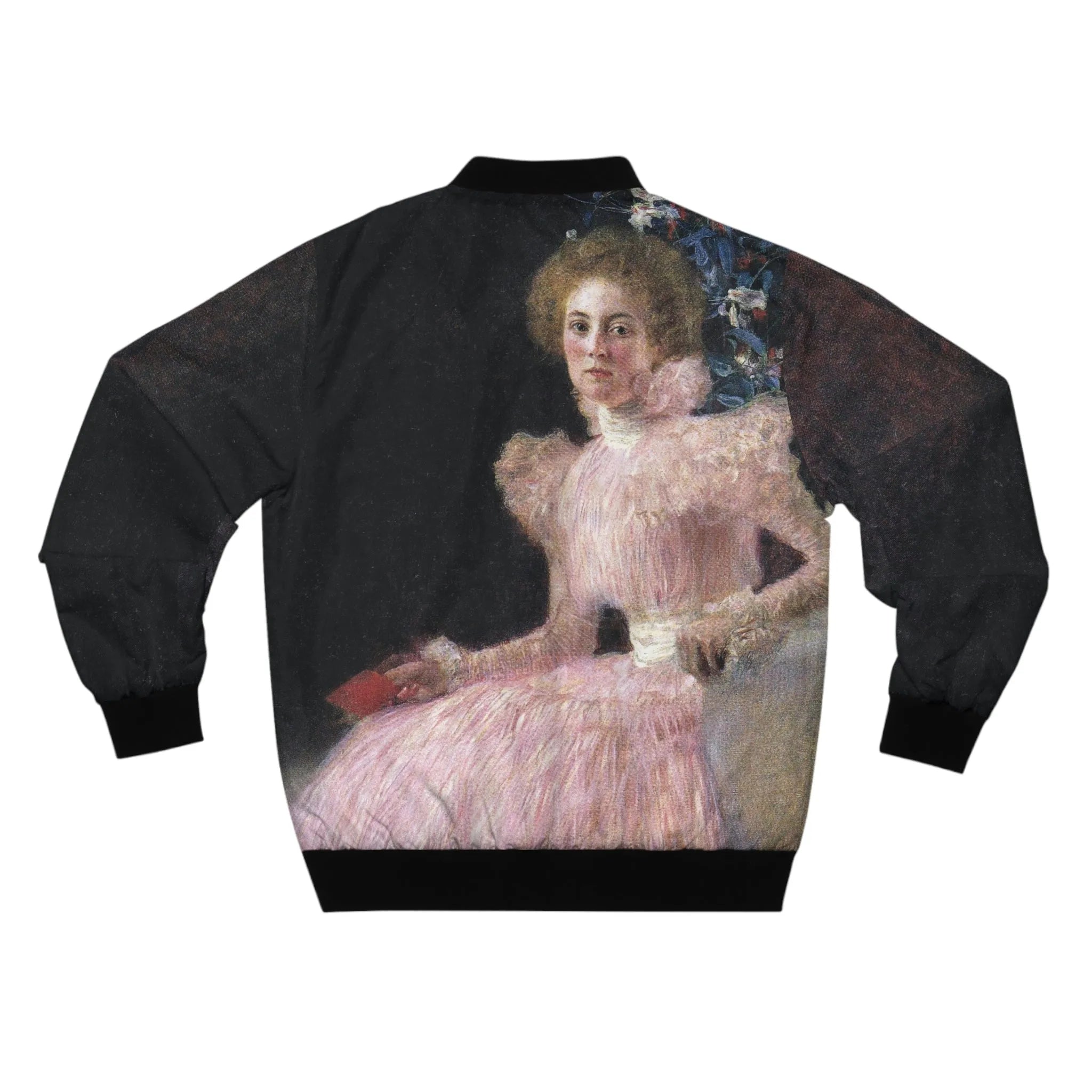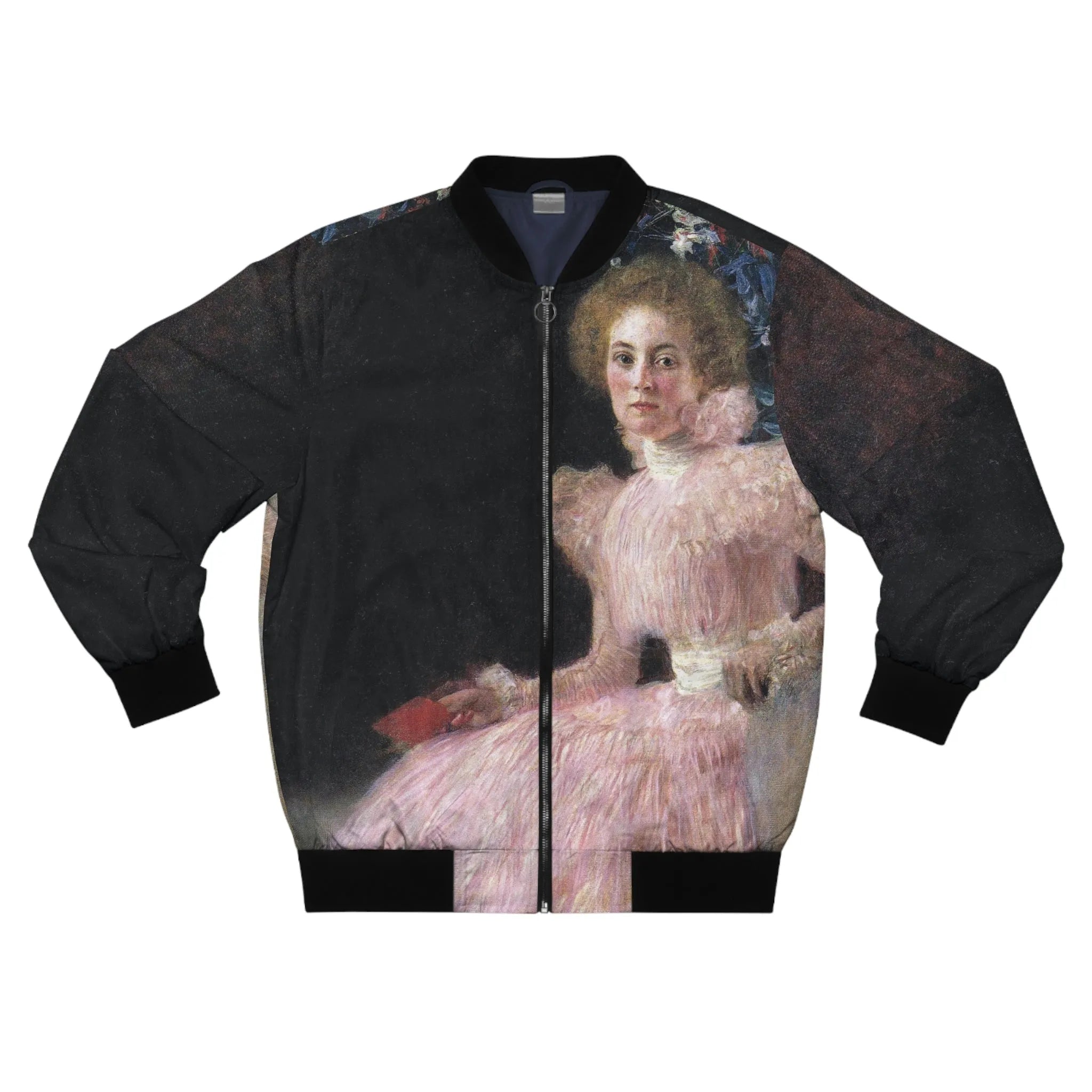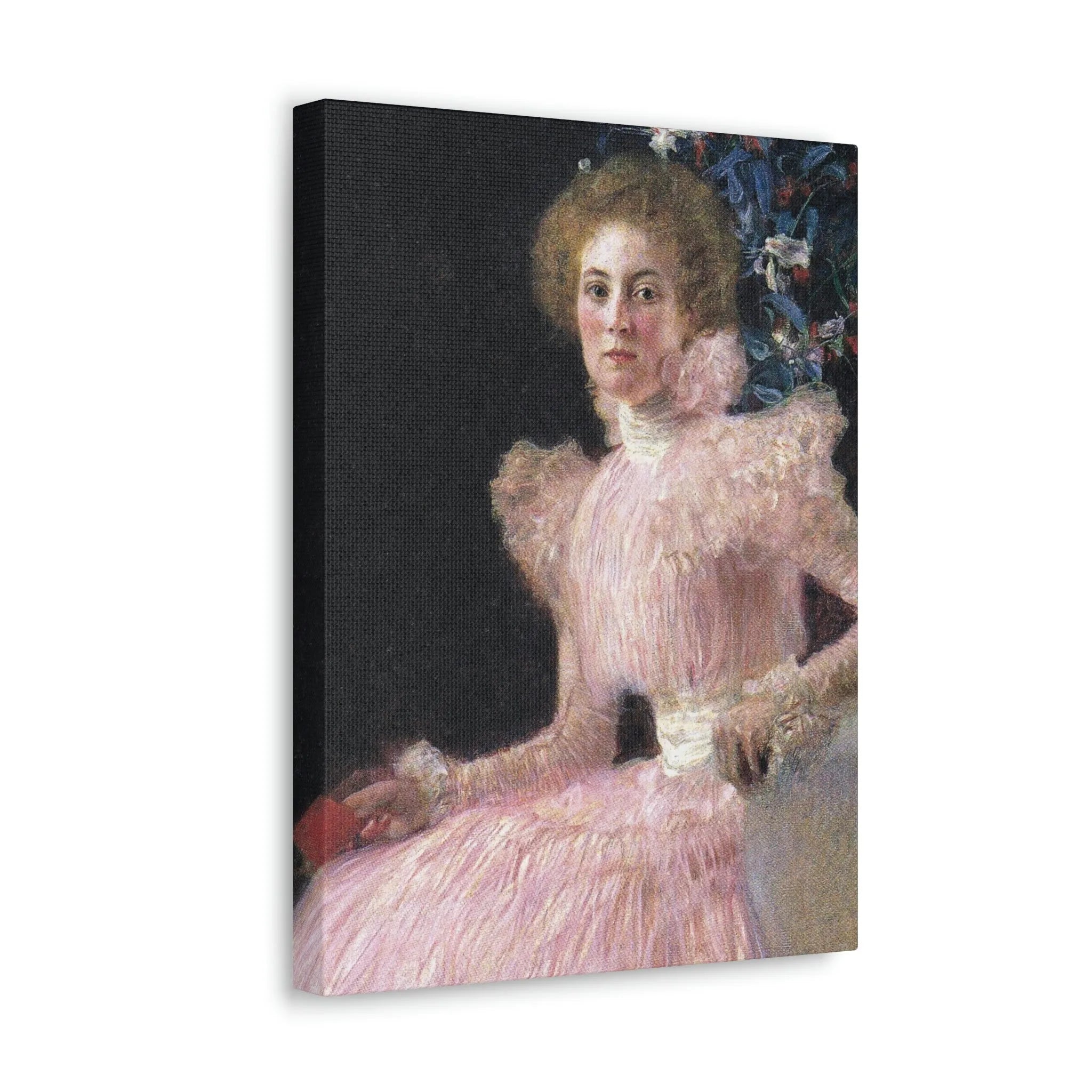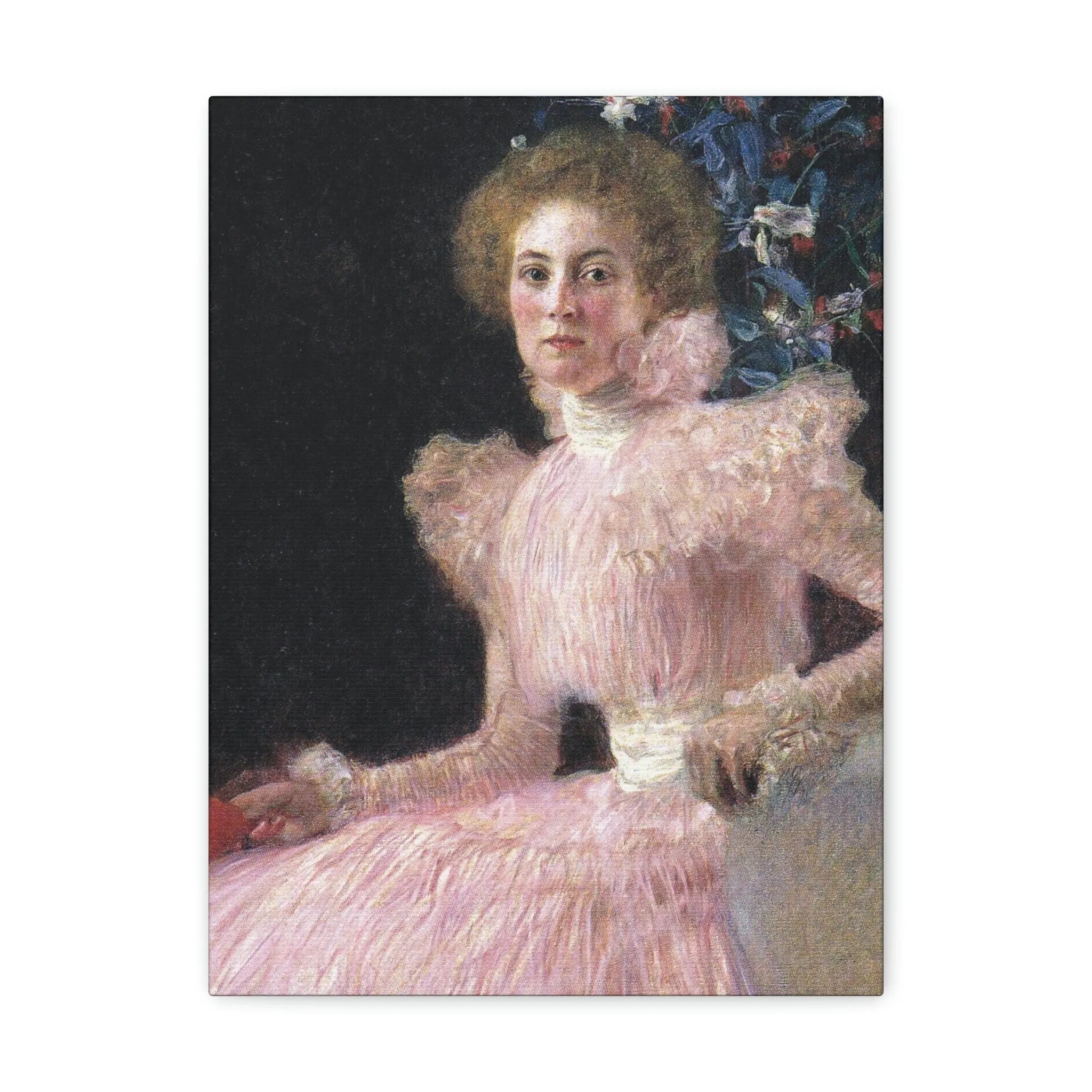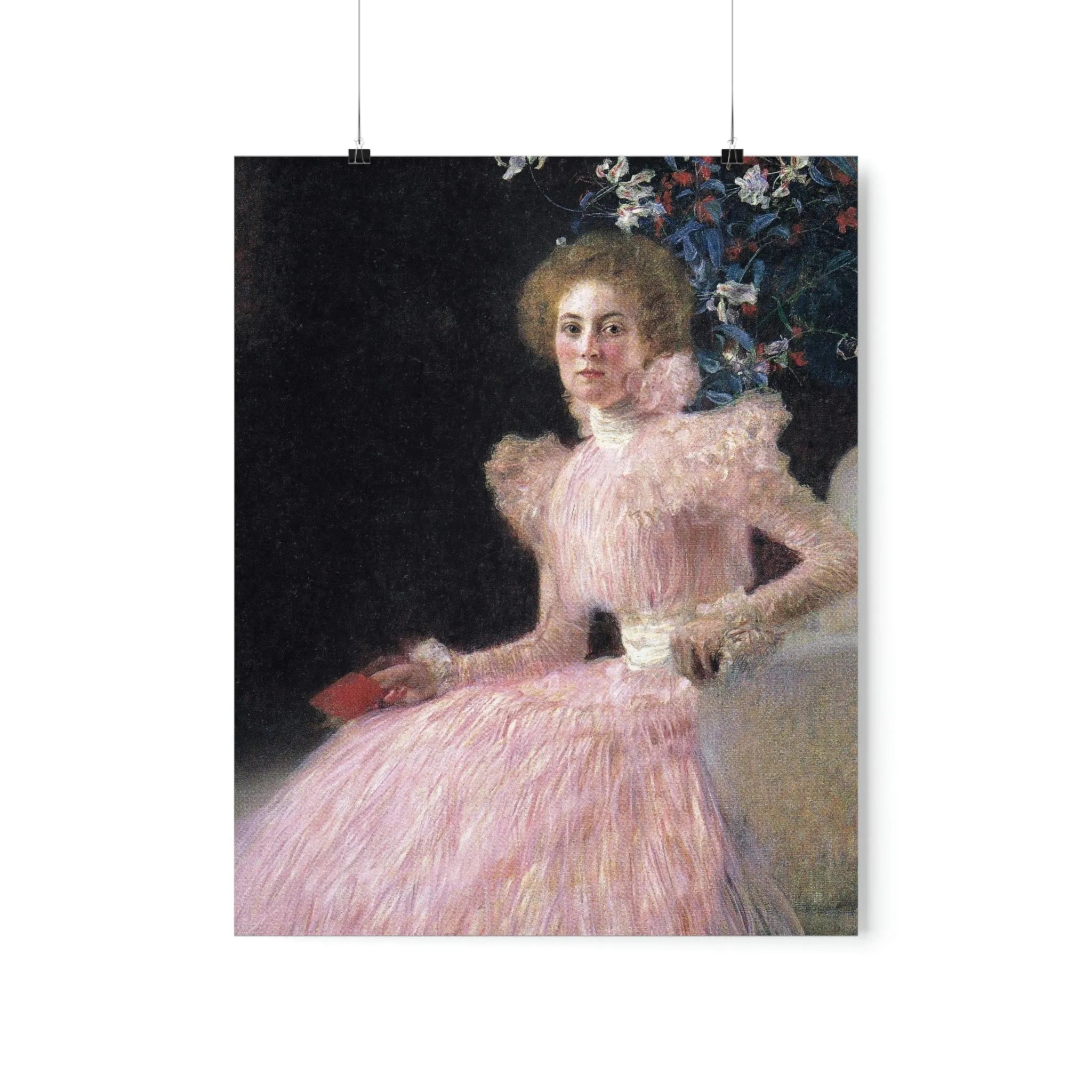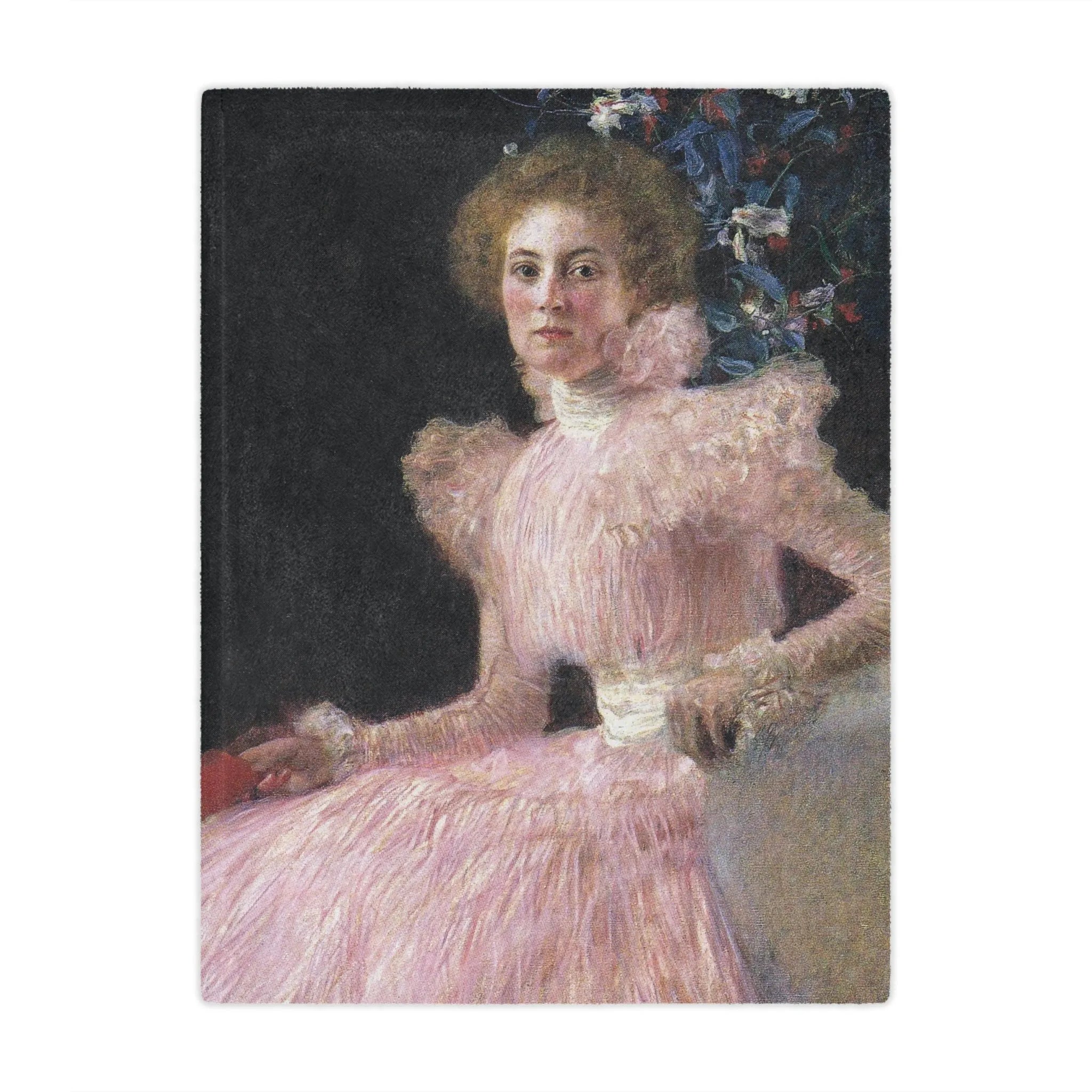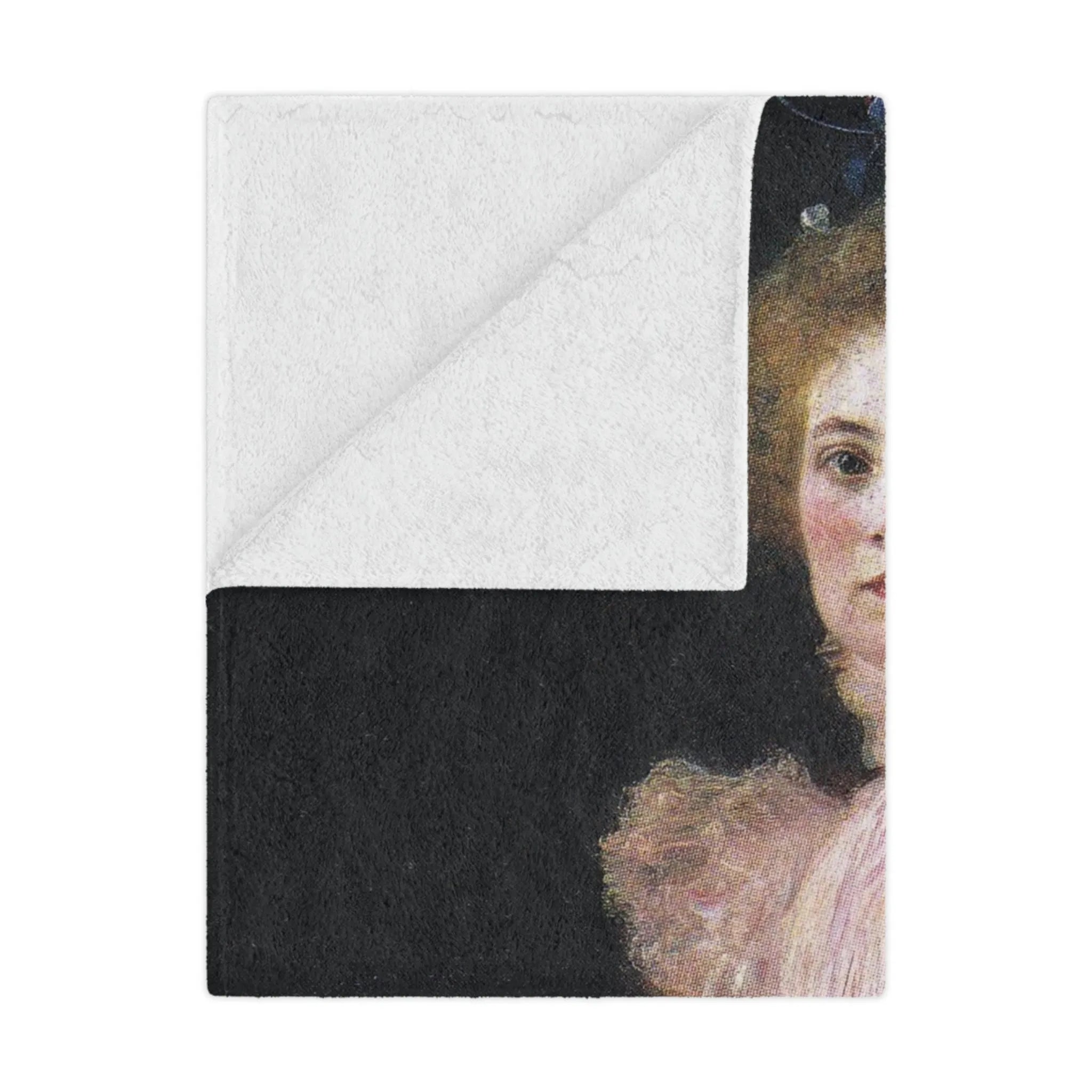Art has always been a medium for human expression, and among the countless artists who have left their mark on the canvas of history, Gustav Klimt is a name that stands out. In this article, we will take a deep dive into... Read more
Art has always been a medium for human expression, and among the countless artists who have left their mark on the canvas of history, Gustav Klimt is a name that stands out. In this article, we will take a deep dive into the life, influences, and artistic creations of the enigmatic Austrian painter who played a pivotal role in the Art Nouveau movement.
Introduction: Unveiling the Enigma
Gustav Klimt, born on July 14, 1862, in Baumgarten, near Vienna, Austria, was destined to become a legendary figure in the world of art. His early years were marked by hardships, but his innate talent and unyielding passion for art paved the way for an extraordinary journey.
Early Life and Influences
-
A Humble Beginning
Klimt was the second of seven children in his family. His father, Ernst Klimt, was a gold engraver, which would later influence his art significantly.
-
Early Artistic Education
Gustav Klimt attended the Vienna School of Arts and Crafts, where he honed his skills and developed a unique style that would distinguish him from his contemporaries.
The Vienna Secession Movement
-
Birth of the Secession
Klimt was a founding member of the Vienna Secession, an avant-garde art movement that aimed to break away from traditional artistic norms.
-
Influences of Secessionism
This movement, characterized by its emphasis on symbolism and ornamental art, greatly influenced Klimt's later works.
The Golden Phase
-
The Kiss
Perhaps Klimt's most famous painting, "The Kiss," exemplifies his use of gold leaf and intricate patterns.
-
The Portrait of Adele Bloch-Bauer I
Another masterpiece, this portrait showcases Klimt's fascination with the female form and intricate detailing.
Controversy and Critique
-
Scandalous Works
Klimt's exploration of eroticism and sensuality in his paintings often led to controversy and critique from more conservative circles.
-
The Three Ages of Woman
This painting, with its stark portrayal of life and death, is a prime example of Klimt's controversial themes.
Legacy and Influence
-
Art Nouveau Movement
Klimt's contribution to the Art Nouveau movement remains unparalleled, and his influence is still evident in modern art and design.
-
Contemporary Artists
Many contemporary artists draw inspiration from Klimt's innovative techniques and bold use of symbolism.
Gustav Klimt's art transcends time and continues to captivate audiences worldwide. His ability to blend intricate patterns, sensuality, and symbolism makes him an enduring figure in the art world.
15 Most Famous Gustav Klimt Paintings
| Painting |
Year |
Medium |
Location |
| The Kiss |
1907-1908 |
Oil on canvas |
Österreichische Galerie Belvedere, Vienna, Austria |
| Portrait of Adele Bloch-Bauer I |
1907 |
Oil and gold on canvas |
Neue Galerie New York, USA |
| Portrait of Eugenia Primavesi |
1913-1914 |
Oil on canvas |
Museum of Modern Art, New York, USA |
| Tree of Life |
1905-1909 |
Oil on canvas |
Museum of Applied Arts, Vienna, Austria |
| Adele Bloch-Bauer II |
1912 |
Oil and gold on canvas |
Private collection |
| Judith and the Head of Holofernes |
1901 |
Oil on canvas |
Österreichische Galerie Belvedere, Vienna, Austria |
| The Three Ages of Woman |
1905 |
Oil on canvas |
Galleria Nazionale d'Arte Moderna, Rome, Italy |
| Fulfillment |
1905-1909 |
Oil on canvas |
Österreichische Galerie Belvedere, Vienna, Austria |
| Hope II |
1907-1908 |
Oil and gold on canvas |
Museum of Modern Art, New York, USA |
| The Golden Adele |
1907-1908 |
Oil and gold on canvas |
Neue Galerie New York, USA |
| Death and Life |
1911 |
Oil on canvas |
Leopold Museum, Vienna, Austria |
| Portrait of Fritza Riedler |
1906 |
Oil on canvas |
Private collection |
| Danaë |
1907 |
Oil on canvas |
Private collection |
| Water Serpents I |
1904-1907 |
Oil on canvas |
Österreichische Galerie Belvedere, Vienna, Austria |
| Medicine |
1900-1907 |
Oil on canvas |
Museum of Modern Art, New York, USA |
FAQs
Q1: What is the significance of Gustav Klimt's "The Kiss" painting?
Gustav Klimt's "The Kiss" is a masterpiece that symbolizes love, unity, and sensuality. It's renowned for its intricate use of gold leaf and intricate patterns.
Q2: How did Gustav Klimt's early life influence his art?
Klimt's father's profession as a gold engraver influenced his later use of gold leaf in his paintings. His early struggles also shaped his determination as an artist.
Q3: Why was Gustav Klimt's art controversial during his time?
Klimt's exploration of eroticism and his bold themes challenged the conservative norms of his era, leading to controversy and critique.
Q4: What is the Vienna Secession, and how did Klimt contribute to it?
The Vienna Secession was an avant-garde art movement. Klimt was a founding member and played a significant role in shaping its artistic direction.
Q5: How has Gustav Klimt's art influenced contemporary artists?
Klimt's innovative techniques, use of symbolism, and bold approach to art have inspired many contemporary artists, who continue to draw from his legacy.


